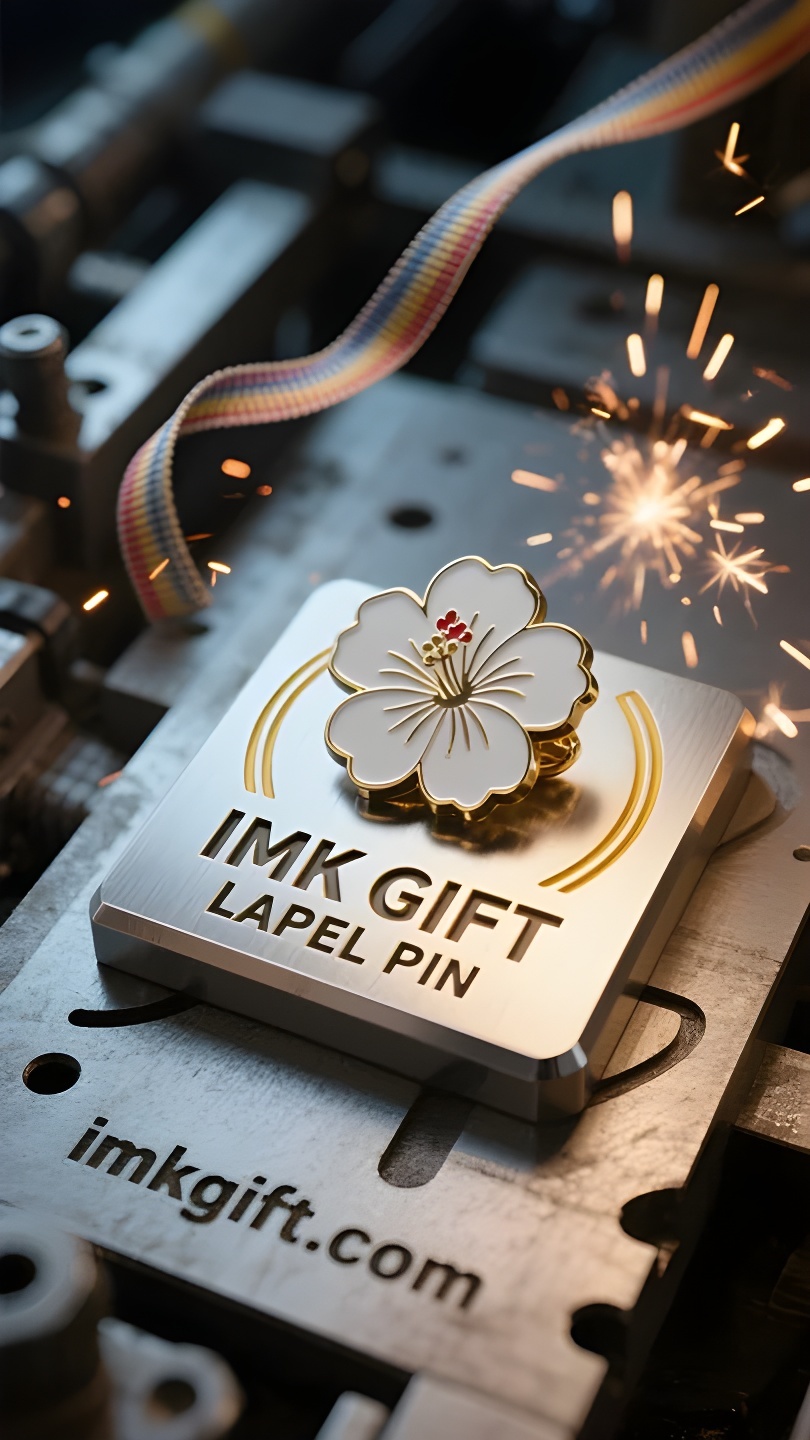in991-문진-히비스커스가-산과-강을-누르다
▼
8월의 아침 햇살 아래, 태극기가 바람에 흩날린다. 음양의 조화와 사괘의 강인함은 수천 년을 이어온 이 나라의 정신적 토템을 말해준다. 지금 이 순간, 책상 위에는 무궁화 문진이 조용히 서 있다. 꽃의 그림자와 태극기의 그림자가 겹쳐져 마치 시간의 주름 속에 더 깊은 의미가 응축된 듯하다. 무궁화 문진은 본래 문인들이 책을 지키기 위한 유물이었지만, 꽃잎이 바위처럼 쌓이고 가지가 철골처럼 튼튼해 한국인의 마음속에 침묵의 맹세가 되었다. 무궁화는 아침에 피고 저녁에 지지만, 이 땅이 전쟁과 분단을 겪으면서도 여전히 불굴의 자세로 조국을 재건하듯 매일 새롭게 태어난다. 문진의 무게는 종이를 누르는 데 있는 것이 아니라, 유연한 국가로 역사의 무게를 지탱하는 데 있습니다. 마치 대한민국 국기의 ‘겐과’가 상징하는 산의 안정감처럼, 무궁화 문진의 뿌리는 문화적 토양에 깊이 뿌리내려 각 세대가 격동 속에서도 신앙의 닻을 붙잡을 수 있도록 합니다. 8월 15일, 광복절이 다가옵니다. 거리를 휘날리는 태극기와 책상 위에 흔히 보이는 무궁화 문진은 서로 공명합니다. 전자는 민족의 독립 훈장이고, 후자는 평범한 삶의 불굴의 의지입니다. 젊은이들이 문진의 선을 만질 때, 그들은 그 대상의 아름다움뿐 아니라 고통을 꽃잎으로 승화시킨 조상들의 지혜를 만집니다. 진정한 힘은 문진 아래 흐르는 산과 강처럼, 고요하지만 흔들리지 않습니다. 무궁화는 종이뿐만 아니라 세월의 흐름 속에서도 결코 시들지 않는 민족의 정신을 지탱합니다.
In the morning light of August, the Korean Taegeukgi flag spreads in the wind. The harmony of yin and yang and the fortitude of the four hexagrams tell the spiritual totem of this nation that has lasted for thousands of years. At this moment, a hibiscus paperweight stands quietly on the desk, with the shadow of the flower and the shadow of the flag overlapping, as if a deeper meaning is condensed in the folds of time. The hibiscus paperweight was originally an artifact for literati to guard books, but because the petals are stacked like rocks and the branches are strong like iron bones, it has become a silent oath in the hearts of Koreans. Hibiscus blooms in the morning and falls in the evening, but is reborn every day, just like this land has gone through war and division, and still rebuilds its homeland with an unyielding posture. The weight of the paperweight is not in pressing the paper, but in supporting the weight of history with a flexible state – just like the stability of the mountain symbolized by the “Gen Gua” in the Korean national flag, the roots of the hibiscus paperweight are deeply rooted in the cultural soil, allowing each generation to hold the anchor of faith in turmoil. August 15th, the Liberation Day, is approaching. The Taegeukgi flying in the streets and the hibiscus paperweights commonly seen on the desks echo each other. The former is the medal of national independence, and the latter is the perseverance of ordinary life. When young people touch the lines of the paperweight, they touch not only the beauty of the object, but also the wisdom of their ancestors who tempered the suffering into petals: the real power is like the mountains and rivers under the paperweight, silent but unshakable. The hibiscus holds down not only the paper, but also the national spirit that never fades in the torrent of time.
在八月的晨光中,韩国的太极旗随风舒展,阴阳相生的圆融与四卦交错的刚毅,诉说着这个民族千年不灭的精神图腾。而此刻,案头一枚木槿花镇纸静立,花影与旗影重叠,仿佛在时光褶皱中凝结着更深邃的寓意。
木槿花镇纸,本是文人镇守书卷的器物,却因花瓣层叠如磐石、枝干遒劲似铁骨,成为韩国人心中无声的誓言。木槿朝开暮落,却日日新生,恰似这片土地历经战火与分裂,仍以不屈之姿重建家园。镇纸之重,不在压纸,而在以柔韧之态承托历史的重量——正如韩国国旗中”艮卦”象征的山岳之稳,镇纸木槿的根脉深扎于文化土壤,让每一代人在动荡中握紧信念的锚点。
八月十五日”光复节”将至,街巷飘扬的太极旗与办公桌上常见的木槿镇纸遥相呼应。前者是民族独立的勋章,后者是平凡生活的坚守。当年轻人轻抚镇纸纹路,触摸的不仅是器物之美,更是先辈将苦难淬炼成花瓣的智慧:真正的力量,恰如镇纸下的山河,静默却不可撼动。木槿压住的不仅是纸张,更是岁月洪流中永不褪色的民族精魂。
▼
Contact Us
📞 Tel: +0086-760-85286839
📧 Email: sales3@imkgift.com








